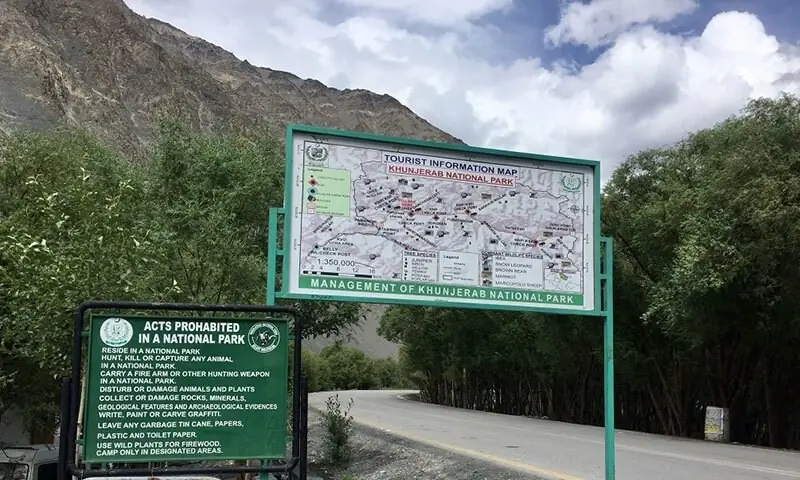By Amin Ahmed
Copyright dawn

ISLAMABAD: Over half of the global GDP, estimated at $58 trillion in 2023, is moderately or highly dependent on nature, yet a new United Nations report reveals that a funding gap for conservation totals between $300 billion and $1tr annually.
The report highlights that just $200 billion a year is invested in conservation, representing under one per cent of the global GDP.
The Third Global Report on “Harnessing Climate and SDG Synergy – Quantifying the Benefits,” by the UN Department of Economic and Social Affairs (UN-DESA), warns that synergistic action is the only viable path forward.
With the annual financing gaps for the Sustainable Development Goals (SDGs) and climate action measured in the trillions of dollars, “synergistic action is not optional but the most efficient and impactful path forward”, the report says.
According to the findings, acting jointly on climate and sustainable development can deliver almost 40pc greater efficiency, freeing up resources and maximising benefits. The report, developed by the independent Expert Group on Climate and SDGs Synergies, states that the extra investment required to achieve the SDGs related to water, food, health and climate change is at least $4tr annually.
At least $500 billion more per year would be needed to tackle climate change. It also cautions that the cost of addressing biodiversity loss could double if action is delayed by a decade.
“Exposure to climate change risks could double between a global warming of 1.5 centigrade and 2 centigrade and double again between 2 centigrade and 3 centigrade, severely impacting multiple sectors,” the report says. The analysis underscores the deep connection between the two agendas, noting that over 80pc of SDG targets are directly linked to climate change issues.
Estimates suggest that acting on climate and human development together can achieve up to 37pc greater efficiency in government spending compared to pursuing them in isolation.
Published in Dawn, September 29th, 2025



